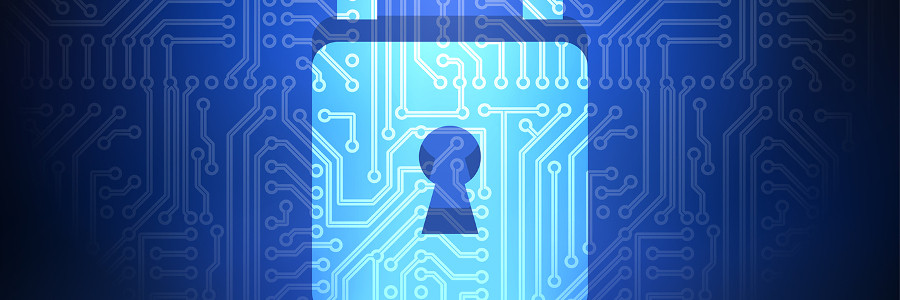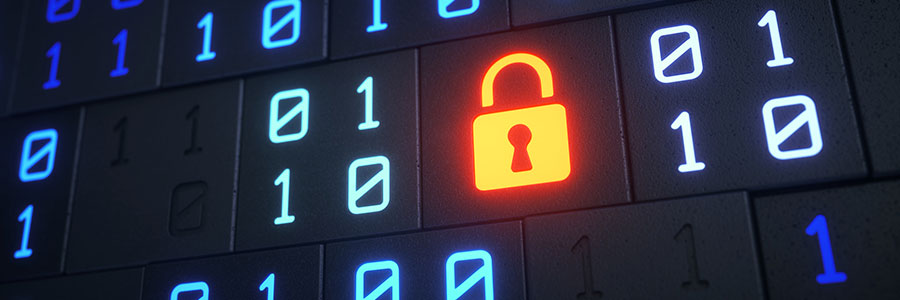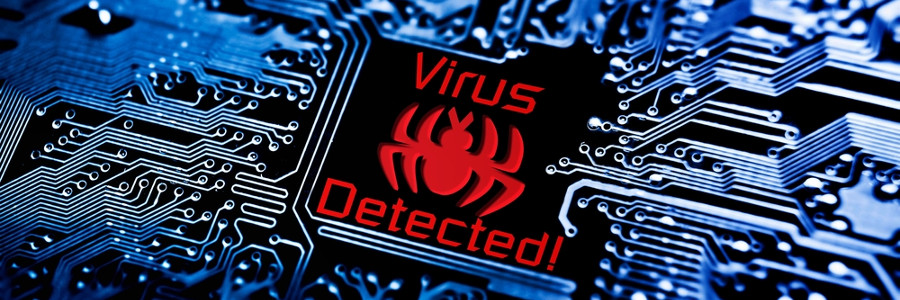If you just called a malware a “virus,” then you are definitely being left behind in digital talk. Knowing a few IT things here and there not only enables you to have some rapport with your tech-savvy colleagues, but it also helps you have a better understanding of some basic IT know-how.
Get ahead of cybersecurity with these basic IT terms
Protection through browser extensions
Is your PC being used for cryptojacking?
How to handle malware infections on Android devices

Although Google goes to great lengths to secure their products, the Android operating system isn’t immune to malware. If one of these programs were to reach your device, your most sensitive information could be exposed. So how can you detect and remove the infection from your device? Here are a few tips.
Warning signs your computer has malware
Protect your Mac from malware

Viruses and malware creators are out to attack anyone and everyone within their reach — including Mac users. Despite Apple’s insulated macOS layouts, cybercriminals are finding ways to identify and exploit vulnerabilities.
Viruses that affect Macs
There are four general virus types that hit Apple products, and their effects can range from merely annoying to downright destructive:
Adware
Adware are unwanted programs that bombard users with pop-up advertisements.
Cybersecurity and managed IT services
Fileless malware: The guileful threat

Fileless malware isn’t new and are an increasingly prevalent threat against organizations. This type of malware is not as visible as traditional malware and employs a variety of techniques to stay persistent. Consequently, it can adversely affect your business process and the infrastructures that run them.
Back up your mobile devices now

Smartphones have become so advanced that there's virtually no business task they can't handle. Now everyone uses mobile devices to access work documents and, naturally, hackers got the memo. There are thousands of threats targeted towards mobile devices, so you’d be well served backing up the files in your mobile device, now.






